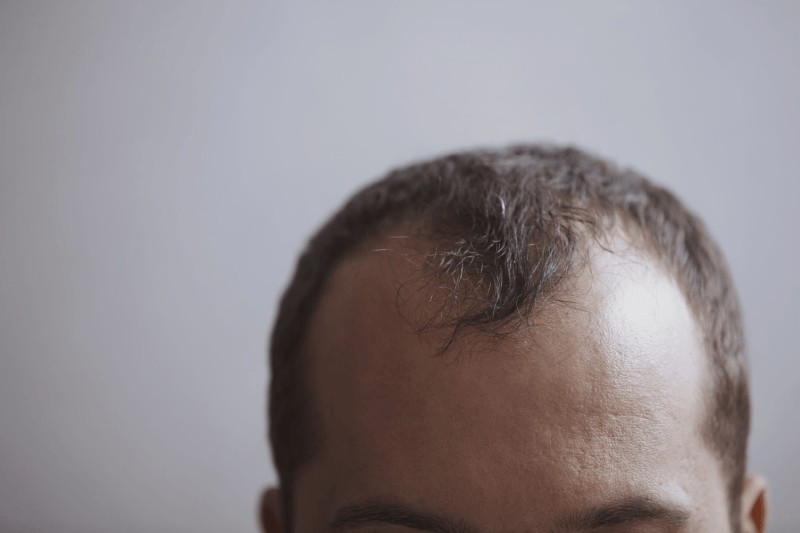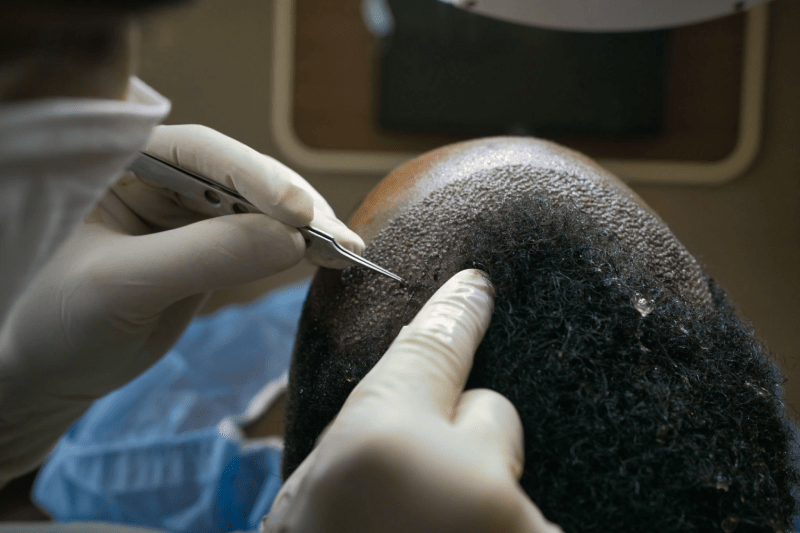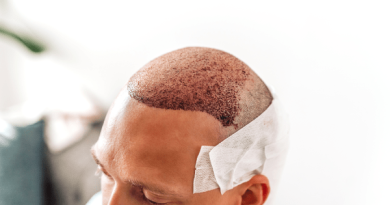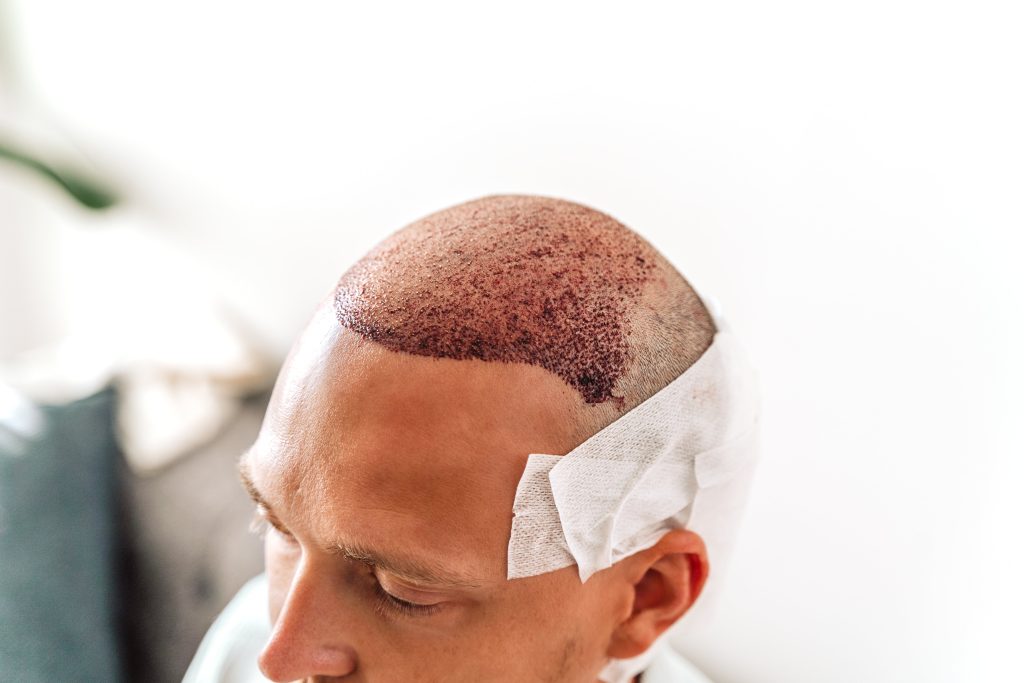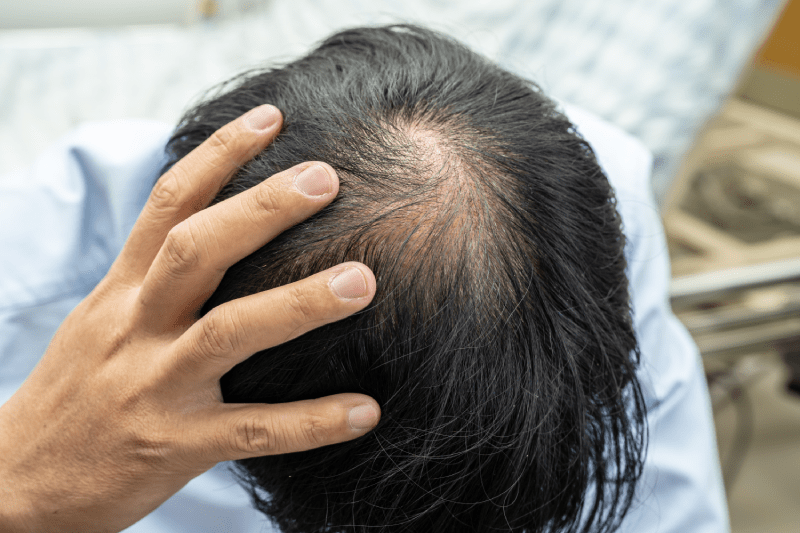FUE vs FUT vs DHI Hair Transplant Procedure Differences

What are the Differences of FUE vs FUT vs DHI?
Thinning hair may have such a negative effect on a person that it may create tension, worry, and a loss of self-esteem, making you feel as if you’d go to any length to fix the problem. For a variety of reasons, making a hasty choice on a hair transplant might be disastrous. For starters, the outcome may be unnatural, you may have a poor follicle survival rate, and, worse still, so much damage to the donor region may be done that remedial surgery may not be possible.
It’s critical to choose the best hair transplant specialist in Turkey from the start if you want a natural-looking outcome and to avoid harm to the donor region. As CureBooking, we will give you the best offers of hair transplant from the best clinics in Turkey. In this post, we’ll go over the differences between FUT, FUE, and the DHI procedures, as well as why DHI is so far ahead of the competition in terms of technique, quality, and outcomes.
Explanation of FUE vs DHI vs FUT Methods
A hair transplant includes transplanting healthy hair follicles (from a balding-resistant region) into the treated region. Both the extraction and the implantation phases are critical. The way the donor hair follicles are removed is the main distinction between FUT and FUE methods. We’ll go through it in detail below.
Procedure of FUT Hair Transplant Method
FUT (Follicular Unit Transplant) is a classic procedure that involves removing a long, thin strip of scalp from the rear of the head. Under a microscope, the hair follicles are then split into single units.
The scalp is then stitched back together where the strip was removed. It is a less expensive method of hair transplantation since the extraction phase is shorter than other methods; nonetheless, it leaves a prominent scar that may be visible beneath short hair, and if you are prone to keloid scarring, it can result in a very prominent scar where the strip was removed.
Procedure of FUE Hair Transplant Method
A punch is used to produce a tiny circular cut in the skin around a hair follicle or group of follicles, extracting them from the scalp and leaving a small open hole. FUE (Follicular Unit Extraction) is another classic procedure.
The procedure is repeated until the surgeon has a sufficient number of follicles to cover the whole treatment region. Depending on the surgeon’s competence, the holes mend into small white scars that can be unnoticeable across the donor area. These scars heal faster and are less noticeable than those left by FUT. So, FUT is a better technique in terms of scars.
Procedure of DHI Hair Transplant Method
Only punches with a diameter of 1mm or less are used to remove hairs one by one from the donor region in DHI extraction, which is also known as micro-FUE. This minimally invasive DHI extraction is always performed by a certified surgeon, assuring great quality and consistency.
Follicles are implanted in the same way in both FUT and FUE procedures: receiving holes are created in the treatment region, and hair follicles are placed into the holes with forceps, affording limited control over angle, direction, and depth. The procedure is usually carried out by technicians rather than surgeons.
The focus of conventional procedures is on the number of follicles removed, with little or no emphasis on the essential follicle survival rate following implantation.
The DHI Direct Technique uses the DHI implanter, a specifically created instrument for hair transplant and hair loss therapy, to put each follicle directly to the afflicted region. Doctors may manage the depth, direction, and angle of each graft with the DHI implanter. As a result, the new hair does not fall out, the grafts last longer, and the final appearance is completely natural. The DHI implanter allows for direct implantation of hair follicles, resulting in a natural-looking result with no visible scars on the afflicted region.
The DHI hair transplant process is a tried and true method that uses the best approach in every phase of the process to provide optimum patient comfort, minimal scarring, and completely natural-looking outcomes.

Which is better? FUE vs DHI (Micro FUE) vs FUT
The DHI approach is the best in the line because of its enormous number of positives. First and foremost, you may be certain that your treatment will be performed by a doctor who has been trained and certified, ensuring excellent quality and consistency. Second, because the survival rate is generally greater, surpassing 90%, fewer hairs from the donor locations are required.
In a DHI hair restoration procedure, there are no sutures or scars. The process is almost painless, and the results seem perfectly natural.
What Makes The DHI Method Better?
1- Minimum treatment of hair follicles resulted in a high survival rate, consistently
Less donor hairs are required, which is essential because only the surviving hair is worth paying for.
2- The most sensitive method of hair transplantation
Under local anesthetic, there are no scalpels or sutures, and the procedure is painless.
Scarring isn’t visible, and recuperation is quick (you may even return to work the next day)
3- Natural outcomes
The DHI Implanter, a specialized equipment that allows our DHI doctor to manage the angle, direction, and depth of the implanted hair unlike any other treatment, is used to implant the hair follicles.
Your outcomes will be clearly natural if you choose DHI transplant over FUE and FUT in Turkey.
You will feel at ease and in good hands from the moment you contact Cure Booking until the time you have your last follow-up session. Patient care is our first focus. The following steps are included in the hair transplant procedure:
- A consultation and hair loss diagnosis are provided at the outset.
- Consultation before to surgery
- Surgical procedures
- Follow-up appointments are scheduled at one week, one month, three months, six months, and twelve months after the treatment. The majority of the results will be seen after 12 weeks, with the ultimate outcome appearing after 12 months.
- In one sitting, the operation might take up to 6-7 hours. We work quickly yet carefully to assure the proper implantation of each hair, resulting in natural-looking results.
Contact us to get a personal quote about the best hair transplant in Turkey.
